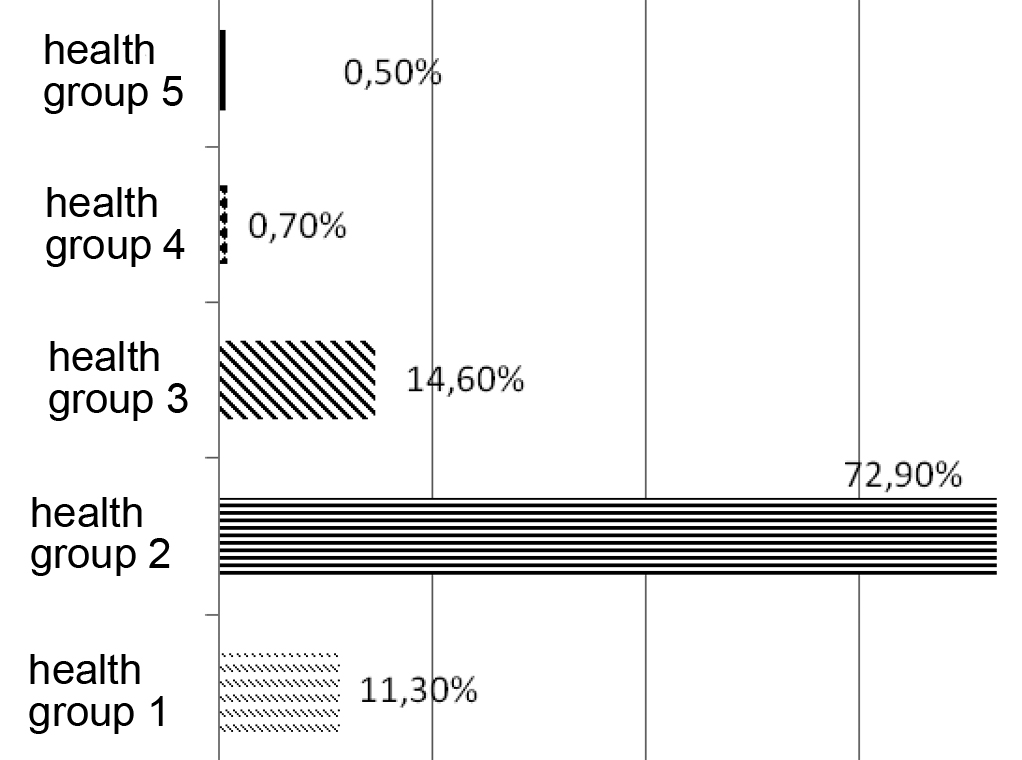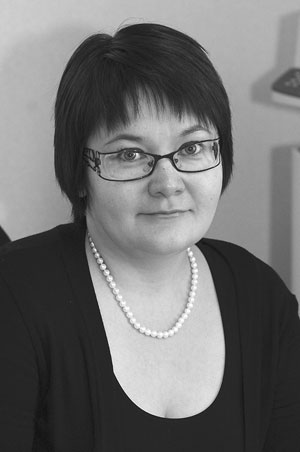The Peculiarities of Lifestyle of Primary Schoolchildren of Surgut
Фотографии:
ˑ:
O.G. Litovchenko, Dr.Biol.
M.S. Ishbulatova, postgraduate
Surgut state university of KhMAR-Yugra, Surgut
Key words: primary schoolchildren, lifestyle, Middle Ob region.
Introduction. The modern educational process with its technology, information volume, organization, specificity of classes, conditions of conducting them imposes on schoolchildren great psychophysiological and physiological requirements, which are commonly higher than their age-related mental and physical capabilities. This discrepancy already in the primary school age provokes a decrease in functional reserves of the body, its compensatory and adaptive capabilities, destroys timely maturation of the basic systems. The sharp increase in the intensity of learning at primary school, combined with low functionalities and very frequent health and development disturbances proved that finishing primary school not more than 10 % of pupils fully meet school requirements at secondary school [1, 4].
The hypocomfortable climatogeographic conditions of the Middle Ob region (low temperature, intensity of the geomagnetic field, high wind speed, marked fluctuations in the atmospheric pressure, duration of night, etc.) negatively affect the basic physiological indicators of child's organism. In respect to physiological and anthropometric characteristics schoolchildren of the North of the Tyumen region differed significantly from the standards adopted for children living in the Russian midland [5].
Psycho-emotional stress, shortage of sleep time, motor activity and spending little time outdoors, which fall short of their age peculiarities, are typical for today's schoolchildren. Rational day regimen, conforming to the age peculiarities provides sufficient time for all the necessary life processes of a child and contributes to his high working capacity [2].
According to the statistics of the Department of Health of KhMAR-Yugra for 2013, only 11.3% of children from municipal schools belong to the 1st health group (Figure).

Figure. Grouping of schoolchildren of KhMAR-Yugra according to health level, %
In the structure of morbidity of Surgut children the leading nosological forms include eye and musculoskeletal diseases. The analysis of the morbidity dynamics for three years revealed the stable growth of these nosologies: eye diseases have increased by 15.8 %, and the musculoskeletal system - by 9.4 %.
The purpose of the study was to identify the features of the organization of lifestyle of primary schoolchildren of Surgut.
Organization of the study. In order to identify the factors that influence the lifestyle of primary schoolchildren, the parents of 222 primary schoolchildren of Surgut (110 boys and 112 girls), natives of the Middle Ob region, aged 8-11 years, were surveyed. The respondents of the survey belonged to the first and second health groups and were not subject to regular medical check-up.
Results and discussion. 55.4% of the surveyed primary schoolchildren were additionally engaged in various sports sections. Boys were proved to attend sports sections more often (68.4%) rather than girls (45.7%).
Additional extracurricular classes not related to exercises (English classes, art school, music school, etc.) were attended by 56.3% of the children surveyed, and the girls attended extra classes of such type more often (61.4%) compared to boys (49.5%).
According to the information provided by the parents, in 85% of cases the primary schoolchildren sleep 8-9 hours at night, which corresponds to the physiological norm for children of this age [3]. Night’s sleep deficit was observed in 7.7% of primary schoolchildren. Homework, both on the main school curriculum and extra, is done at the expense of night's sleep. According to the survey data, 100% of primary schoolchildren do not have a nap during the day.
The time spent sitting at the computer amounted to 1 to 4 hours a week - for 52.7%; 5 to 8 hours – for 30.2% and 9 to 14 hours - for 17.1%. Only 54.1% of the children surveyed spend time outdoors every day. As shown by the survey, 12.2% of the surveyed children are being raised in one-parent families.
Conclusions. Primary schoolchildren of Surgut experience educational loads and significant additional mental, psycho-emotional and physical stress, accompanied by the reduced time for rest and night sleep. It is to be studied to what extent the "school" factors and the specific lifestyle revealed in the survey, in the aggregate will influence the physiological parameters of the body of the child of primary school age.
References
- Baranov, A.A. Children’s health in the Russian Federation / A.A. Baranov // Pediatriya. – 2012. – № 3. – P. 9-14. (In Russian)
- Bezrukikh, M.M. Protection of children’s health as an important direction of development of the educational system / M.M. Bezrukikh // Nauchnye issledovaniya v obrazovanii. – 2011. – № 7. – P. 1-9. (In Russian)
- Kuchma, V.R. Health schools in Russia: the principles and organization of work / V.R. Kuchma, L.M. Sukhareva, I.K. Rapoport. – Moscow: Prosveschenie, 2012. – 253 P. (In Russian)
- Makarova, M.V. Prediction of type of adaptation of children in conditions of intensification of the educational process / M.V. Makarova, T.V. Potupchik, E.I. Prakhin // Sibirsky meditsinsky zhurnal. – 2012. – № 2. – P. 46-48. (In Russian)
- Solov’ev, V.S. Human adaptation in the Khanty-Mansi Autonomous district - Yugra: monograph / V.S. Solov’ev, I.A. Pogonysheva, D.A. Pogonyshev. - Khanty-Mansiysk: Pechatnoe delo, 2010. – 229 P. (In Russian)
Corresponding author: apokin_vv@mail.ru



 Журнал "THEORY AND PRACTICE
Журнал "THEORY AND PRACTICE